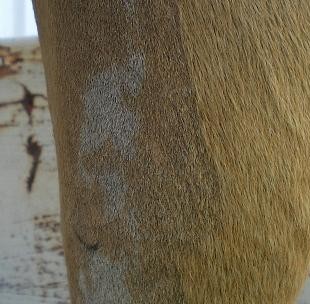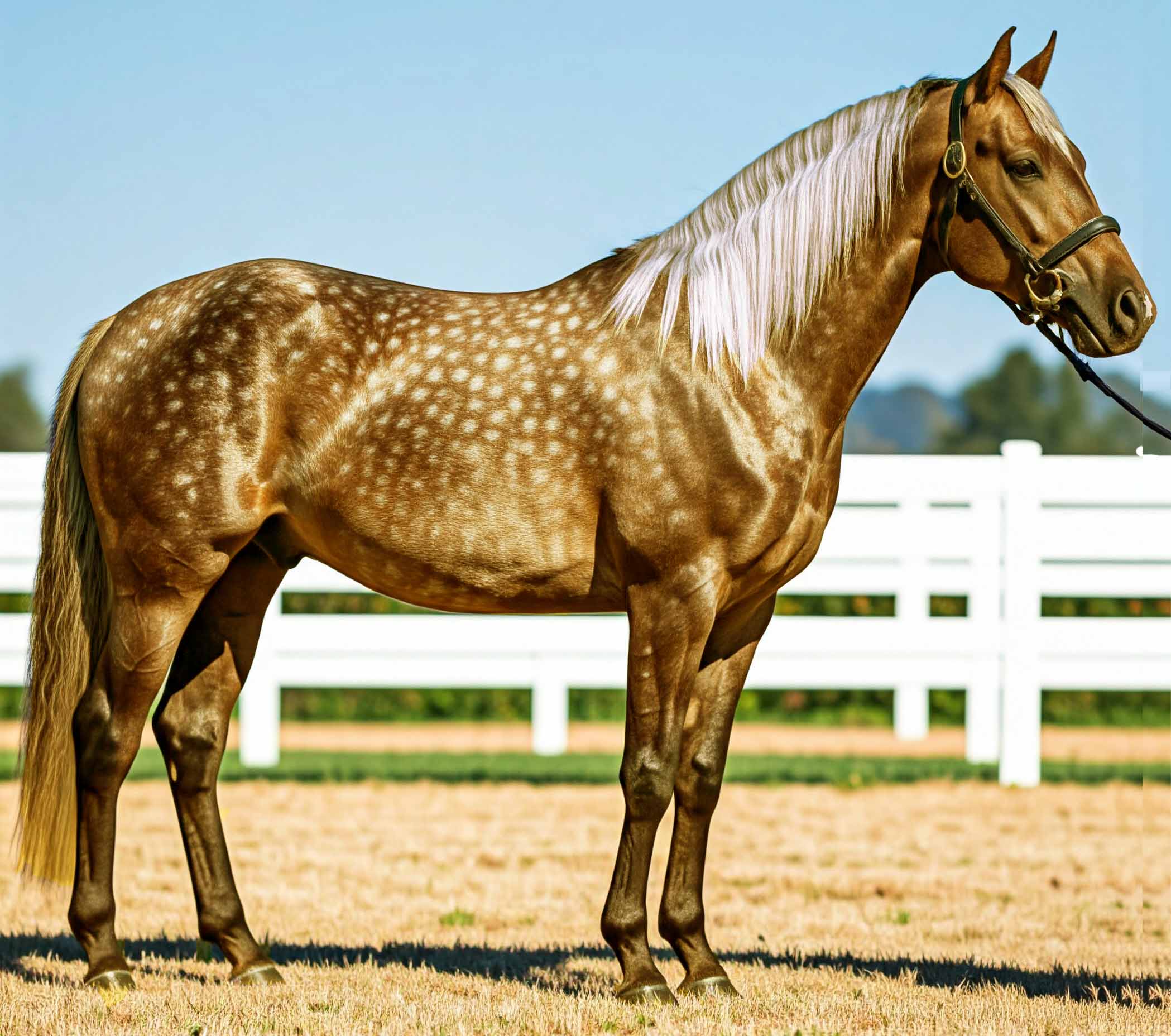Palomino Register
Dilutes Australia Palomino Register for studbook and non-studbook palomino horses and ponies
Registration and Membership Applications
|
Studbook Palomino Register: mares & stallions -
must have 2 registered parents. Proof must be provided. Must PASS classification on colour and
conformation. Gelding Register: geldings - may have either registered or unknown / unregistered / unproveable parentage. Must PASS classification on colour and conformation.
|
 |
Ownership requirements
The owners of all palominos must be current financial members of the Association. Should an owner cease to be a financial member, the registration of all horses registered in his or her name will be suspended until such time as said owner rejoins the association, at which time the registration of all horses registered in his or her name will be reinstated
Colour Standard Of Excellence
NB: It is important to understand that the colour standard of excellence represents the 'ideal' that palomino breeders should be striving for and that just because a palomino has some colour faults (ie dapples, smutting or ticking) it doesn't automatically follow that s/he is not eligible for registration. The reality is that very few palominos do conform across all criteria so if owners are unsure about whether or not their horse or pony will qualify for registration they should submit photos to the registrar for clarification.
To be considered for PALOMINO STUDBOOK, NON-STUDBOOK or GELDING registration, a palomino must gain the required marks prescribed by Board and ideally fulfill the following:
- Must be a red based horse or pony carrying one copy of the cream dilution modifier and no other dilution modifier. Horses and ponies carrying any other dilution modifier will be registered under that dilution.
- Have a body coat the colour of a newly minted gold coin or three shades lighter or darker, or of a colour range prescribed by the Board.
- Have a mane and tail of white, silver or ivory, with not more than 15% dark or chestnut hair in either the mane or the tail.
- Not have spots or patches of black, brown or chestnut exceeding in total 25 sq cm.
- Have a body free from imperfections and free of white spots except those caused by accident.
- Be
permitted white markings on the face and legs only, the legs not to be white
above the knees or hocks save for a continuous diminishing spear or stripe
running above the knee or hock. NO
palomino may have ANY white markings (ie belly splashes) other than those
permitted under the Regulations of the Company.
Notwithstanding this, an owner may apply to have a horse or pony accepted for registration under the company's hardship clause which allows for small amounts of underbelly white.
- Have a basic skin colour which is dark.
- Have both eyes dark and the same colour. Wall eyes are not acceptable.
- Not exhibit any appaloosa characteristics. Solid horses and ponies with appaloosa/palouse/spotted pony parentage must be DNA'd for Lp and must return a negative result to be eligible for registration as solid palominos. Palominos carrying Lp can be registered as DA Non Solid Dilutes..
**** Palominos With Silver Parentage ****
Palominos with a SILVER PARENT must be DNA tested for silver, and must return a NEGATIVE RESULT to be eligible for registration as a palomino. If they return a positive result they will be registered as a silver instead.
Other Colour Faults
- Dapples
- Smutting & dark spots
- Flecking or ticking
NB - when classifying no marks in credit are given for iridescence, this is only a credit in the show ring.
Return from Palomino Register to Home Page
Go to Palomino Classification page
Go to Palomino Colour Faults page



